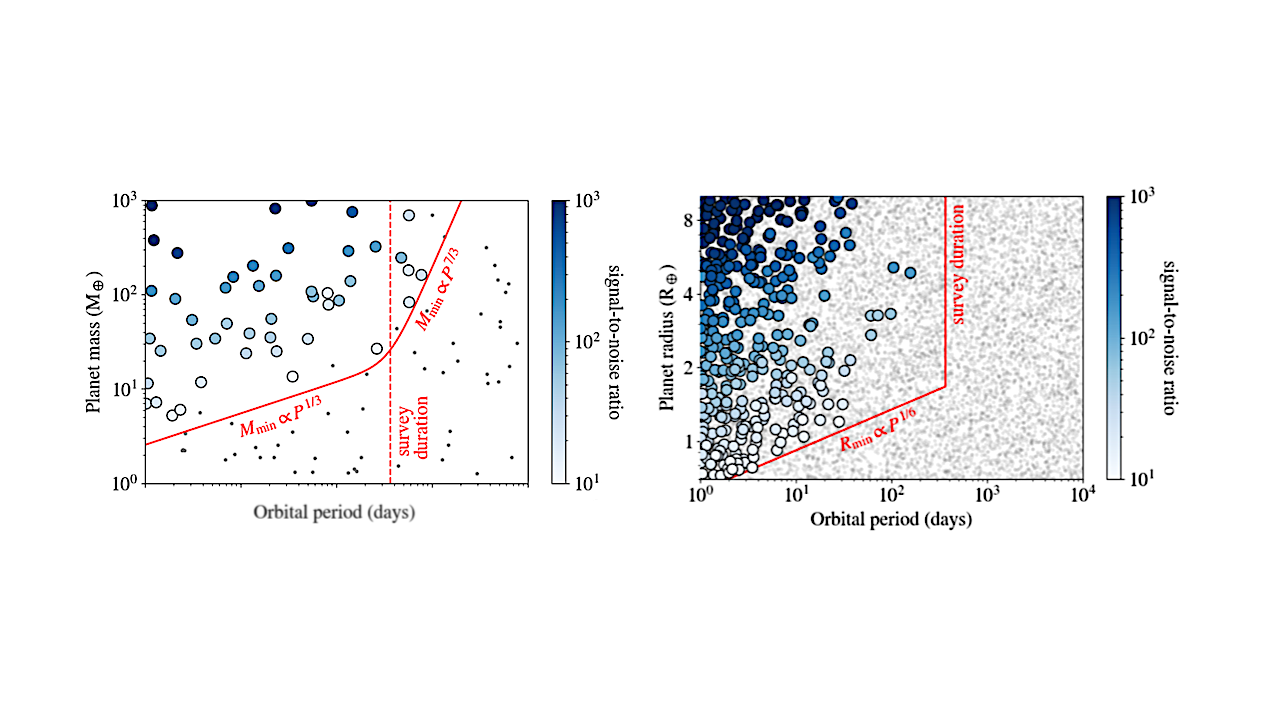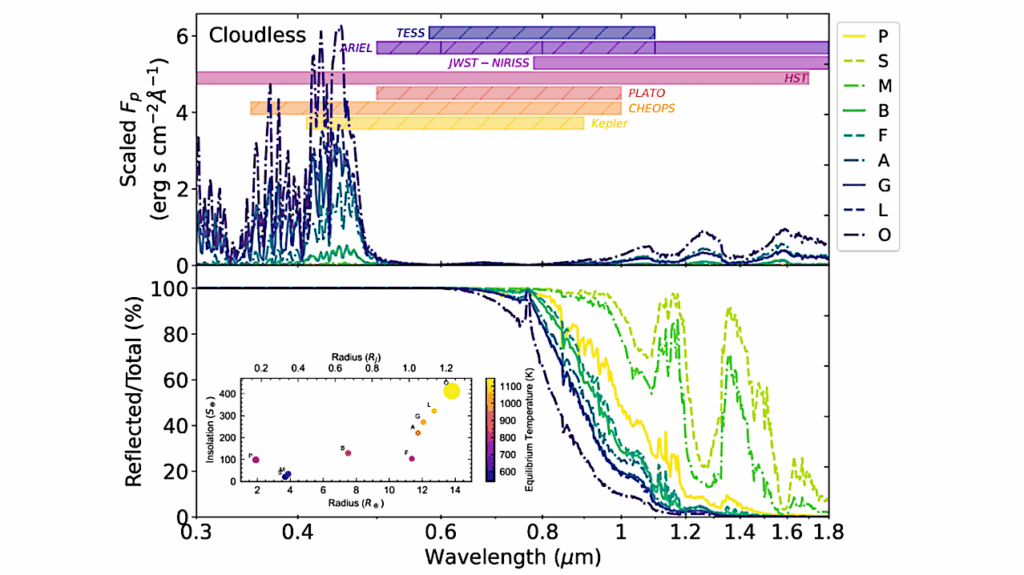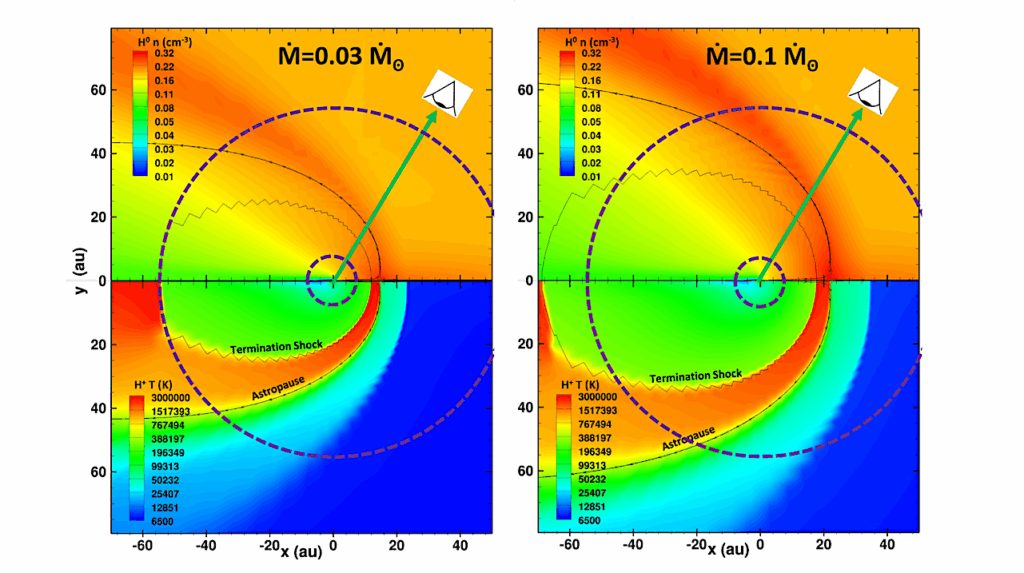Planet Occurrence From Doppler And Transit Surveys

Prior to the 1990s, speculations about the occurrence of planets around other stars were based only on planet formation theory, observations of circumstellar disks, and the knowledge that at least one seemingly ordinary star is the host of four terrestrial planets, two gas giants, and two ice giants.
Since then, Doppler and transit surveys have been exploring the population of planets around other Sun-like stars, especially those with orbital periods shorter than a few years. Over the last decade, these surveys have risen to new heights with Doppler spectrographs with a precision better than 1 m/s precision, and space telescopes capable of detecting the transits of Earth-sized planets.
This article is a brief introductory review of the knowledge of planet occurrence that has been gained from these surveys.
Joshua N. Winn, Erik Petigura
Comments: To be published in: Handbook of Exoplanets, 2nd Edition, Hans Deeg and Juan Antonio Belmonte (Eds. in Chief), Springer International Publishing AG, part of Springer Nature. arXiv admin note: text overlap with arXiv:1801.08543
Subjects: Earth and Planetary Astrophysics (astro-ph.EP)
Cite as: arXiv:2401.16451 [astro-ph.EP] (or arXiv:2401.16451v1 [astro-ph.EP] for this version)
https://doi.org/10.48550/arXiv.2401.16451
Focus to learn more
Submission history
From: Josh Winn
[v1] Mon, 29 Jan 2024 03:14:56 UTC (558 KB)
https://arxiv.org/abs/2401.16451
Astrobiology








